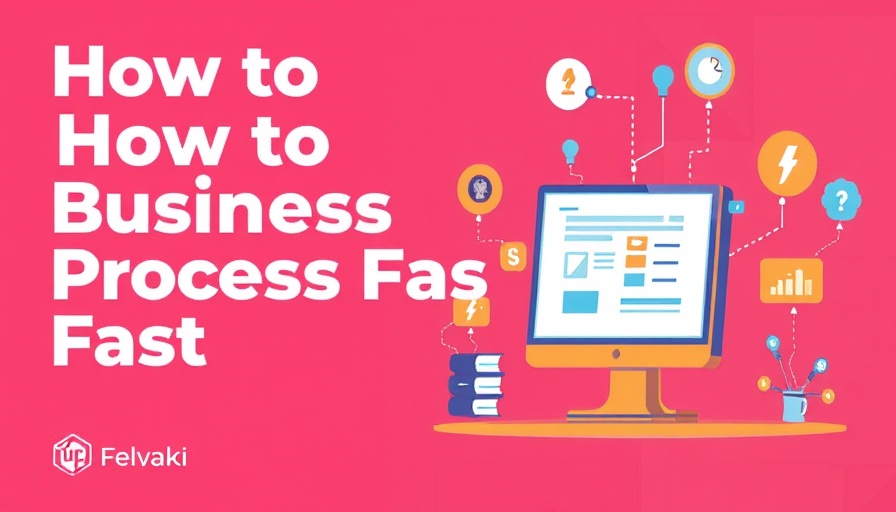
Understanding the Hidden Challenges Behind Workplace Productivity
In a competitive corporate environment, workplace productivity has become a sign of a company's health. However, many organizations struggle with chronic issues that hinder their employees from performing at their best, proving that productivity is not merely a metric to be taken at face value—it’s a matter often intertwined with deeper cognitive challenges such as ADHD.
Are We Ignoring Invisible Barriers?
While effective time management is frequently highlighted during performance assessments, factors such as attention regulation, fatigue from task-switching, and limitations in executive function play a crucial role in workplace performance. Conditions like ADHD can result in significant hurdles for employees, often without any immediate acknowledgment from leadership. Many workers can find it hard to maintain focus and resist distractions due to an array of factors—chronic stress, information overload, and even poor sleep hygiene can complicate these cognitive bottlenecks.
The Surge of Late ADHD Diagnoses
A noteworthy trend in the workforce is the rising number of delayed ADHD diagnoses among adults, particularly mid-career professionals. It’s increasingly common for individuals to realize they exhibit ADHD traits only after their children undergo evaluations. This newfound awareness encourages adults to reconsider their work habits and the source of ongoing struggles with focus and organization. However, it is critical for companies to recognize and adapt to the needs of these employees. Companies should pose the question: Do we provide the tools necessary for peak performance?
Executive Challenges: Breaking Barriers at All Levels
Interestingly, the challenges of keeping productivity levels high are not confined to junior staff members. Entrepreneurs and executives might also showcase symptoms often associated with ADHD, such as impulsive decision-making, rapid idea generation, and high-energy outputs. While these traits can contribute to innovative breakthroughs, they can also lead to burnout and disrupted workflows if not managed effectively. Hence, productivity should be regarded as a strategic goal—it’s about functioning in alignment with cognitive strengths rather than relentless effort.
Implementing Strategies for Enhanced Focus
To enhance productivity across an organization, leaders should consider various strategies aimed at boosting focus and efficiency. Companies can:
- Identify and Mitigate Cognitive Bottlenecks: Providing strategies and support for employees dealing with ADHD and related challenges can be invaluable. This includes offering flexible work environments that allow individuals to manage their unique needs effectively.
- Encourage Open Communication: Creating a culture of psychological safety where employees can openly discuss their struggles without fear can contribute to better overall productivity.
- Leverage Technology: Utilizing tools that help in task management, such as digital assistants and productivity apps, can minimize distractions and support effective task execution.
- Simplify Processes: Streamlining workflows and reducing unnecessary multitasking can help staff concentrate better and enhance overall output.
- Promote Health and Wellness: Tactics like mindfulness training, sleep health workshops, and stress management programs empower employees to combat cognitive fatigue effectively.
Your Path to Transforming Workplace Efficiency
Organizations must recognize that understanding cognitive diversity, such as ADHD, within their workforce is essential for promoting a thriving work culture. Moreover, proactively implementing adaptations for these challenges not only aids in individual productivity but can lead to a more cohesive and efficient workplace overall. Take the steps today to equip your team with the tools they need, embracing the reality that productivity is not a one-size-fits-all measurement, but rather a nuanced journey requiring tailored solutions.
 Add Row
Add Row  Add
Add 




Write A Comment